Now Yamaha is really flipping the switch. About a year ago, the mobility giant from Japan announced as part of its Switch-On campaign that it would enrich the European market in a new role with innovative ebikes from its own production. In autumn 2022, however, only three models were presented, which have been on sale in the USA for years. These pretended innovations are now followed by real ones – a standard pedelec and a speed pedelec.
Made in Europe
The new models – Booster Easy as a pedelec and Booster as a speed pedelec – were developed in Europe, according to Yamaha. The Booster is even manufactured in Italy. With them, the manufacturer is pursuing goals comparable to those of its ebike motors: to promote CO2-emission-free transport, to bring people the joy of cycling and, at the same time, to get them safely and reliably to their respective destinations. According to the press release accompanying the launch, this is to be made possible in an affordable way. What that means exactly remains open for the moment. For the time being, Yamaha is not giving any details about prices and availability.
Perhaps the manufacturer is speculating that the mere sight of the Booster and Booster Easy will captivate you. And in contrast to the Moro 07, Wabash RT and Crosscore RC shown last year, this hope seems justified. Because both ebikes set an exclamation mark with their design.
Let’s copy ourselves
The inspiration for this comes from Yamaha’s history. In the 1980s and 1990s, the company celebrated one success after another with simple, practically indestructible scooters like the BW’s 50, whose small 50 cc engines caught the fancy of youngsters who were just getting their first driving licence. On fat tyres, you were suddenly much faster – but above all much cooler – at school, the disco and meeting friends. The Booster models take up this spirit of fun and adventure.
Like a U, the aluminium frame connects the front wheel and the rear wheel. Its front part is designed in an open honeycomb structure all the way down to the bottom bracket. Before you ask: Yes, that could be a real pain when cleaning later on. But that’s the price you’d have to be willing to pay for such a distinctive look. Yamaha has the frame manufactured using a die-casting process. This gives the filigree structures the necessary stability, so you don’t have to worry about safety.
Symbiosis of different worlds
Getting on and off a scooter used to be very easy. This should be similar with the Booster and Booster Easy. The frame shape also brings the centre of gravity relatively far down. This should make the bikes easy to control and manoeuvre. Given the four-inch wide tyres, you have a massive contact surface on the road. The low profile minimises rolling resistance and emphasises the bikes’ urban-oriented character.
To make the borrowings from motorsport clear, Yamaha gives both boosters almost a small chassis. The head tube and fork are covered by custom-designed panels, pushing the look more in the direction of a motorbike. The front mudguard also has a very sporty shape. The latter may turn out to be less effective in everyday use, as it does not keep out as much dirt and water as would be useful for the ride to work.
The rear mudguard protrudes a long way and is reminiscent of the bench seat of a scooter. If footrests could be folded out at the dropouts of the rear wheel, one could almost be tempted to let another person climb on there. However, the space is at best intended for attaching a cargo basket. In addition, Yamaha does not specify the maximum permitted total weight for both the Booster and the Booster Easy. It is therefore impossible to say how heavy the load you can transport on these bikes is allowed to be and whether it would at least be possible to use a child seat.
Proven drive
Yamaha has chosen the PW-S2 for the motor. The only difference is that the Booster supports you up to a maximum speed of 45 km/h, while with the Booster Easy it stops at 25 km/h. In addition to the torque of 75 Newton metres, the PW-S2’s rather low weight of 2.85 kilograms speaks for the motor. We could also have imagined the somewhat more powerful PW-X3 on the speed pedelec. The manufacturer may have looked at the available batteries and then given preference to the somewhat more energy-saving PW-S2. The removable battery only has a capacity of 630 watt hours. On an speed pedelec with the PW-X3, these would probably be exhausted faster than intended. Yamaha expects a range of 50 to 110 kilometres with a body weight of 75 kilograms. For the Booster Easy, this is ten kilometres more in each case.
- Yamaha PW-S2 motor
- 630 watt hours battery
You can operate the Yamaha Booster using the Display C. This sits centrally above the stem with its 2.8 inch TFT display. Its separate control unit is mounted next to the left handlebar grip. With information on cadence and calorie consumption, for example, it is somewhat more informative than its counterpart on the Booster – the Display A. This combines a 1.7 inch LCD display with corresponding buttons. It shows you all the essential information such as the current speed, the selected support level, the remaining range and more.
- Yamaha Booster with Yamaha Display C
- Cockpit with display A on the Yamaha Booster Easy
Standard equipment with some highlights
On the right side of the handlebar you will find the twist grip for the stepless automatic hub gear by Enviolo. A chain transmits your power and the power generated by the motor to the hub. A carbon belt would certainly have suited Yamaha’s urban concept. On the other hand, you can look forward to a suspension fork with a travel of 80 millimetres, which is anything but a matter of course in this category of ebikes. The rest of the equipment, including the hydraulic disc brakes and the lighting system, some of which comes from Supernova, also meets high standards.
- Supernova M99 mini headlight
- Tail light integrated in the mudguard
- Enviolo stepless automatic gearing
- Rear view mirror on the Yamaha Booster
How seriously Yamaha is pursuing its own line of approach with the two bikes is clear from the extensive range of accessories. These include cargo baskets, additional panniers and a dry bag, as well as handlebar mounts for your smartphone and alternative pedals. Even the covers for the head tube will later be available in different colours to make your model more individual. The truth is, however, that the prices for the accessories are quite high. For the pedals, for example, there would be a surcharge of more than 80 euros.
- Front cargo basket
- Rear cargo basket
- Panniers
- Dry bag
Using the existing network
You can find out the final total price on the manufacturer’s website and in so-called eBike Experience Centres. Yamaha organises the sale of Booster and Booster Easy through these centres. These are selected Yamaha motorbike trade partners. There you can take a look at the two available colour variants Cyan Solid Aqua and Dark Grey Metallic, test ride the models and get advice. Once you have decided on one, you can either order it online or at the eBike Experience Centre.
- Yamaha Booster in Dark Grey Metallic
- Yamaha Booster in Cyan Solid Aqua
- Yamaha Booster Easy in Dark Grey Metallic
- Yamaha Booster Easy in Cyan Solid Aqua
Pedelec Yamaha Booster Easy at a glance
- Frame: Onesize, die-cast aluminium
- Motor: Yamaha PW-S2
- Battery: Yamaha 630 Wh
- Display: Yamaha Display A
- Drivetrain: Enviolo Twist Pure
- Suspension fork: Zoom CH-879 AMS 20″, 80 mm
- Brakes: Promax DSK-925, 180 mm
- Weight: 35 kg
- Maximum permitted total weight: n.a.
- Prices: n.a.
Speed pedelec Yamaha Booster at a glance
- Frame: Onesize, die-cast aluminium
- Motor: Yamaha PW-S2
- Battery: Yamaha 630 Wh
- Display: Yamaha Display C
- Drivetrain: Enviolo Heavy Duty
- Suspension fork: Zoom CH-879 AMS 20″, 80 mm
- Brakes: Promax DSK-930B, 180 mm
- Weight: 36 kg
- Maximum permitted total weight: n.a.
- Prices: n.a.
Pictures: Yamaha Motor Europe

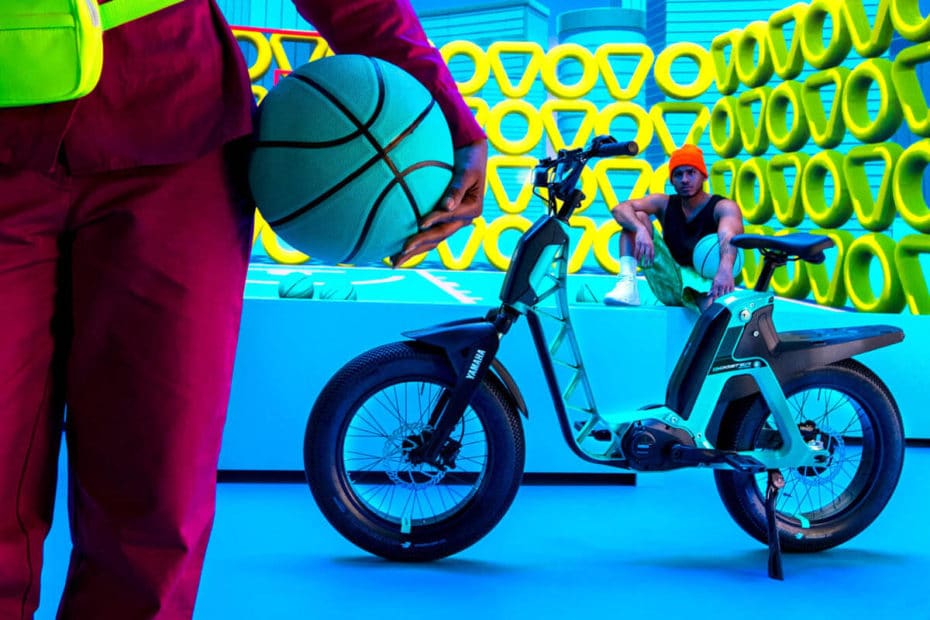
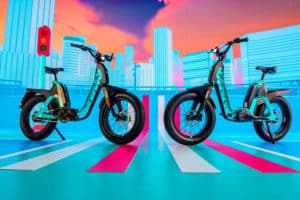
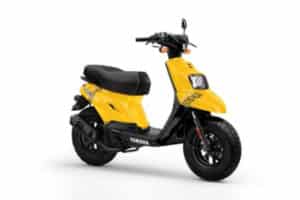
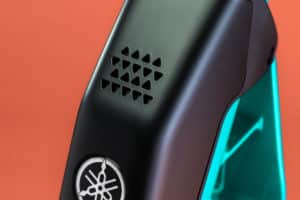
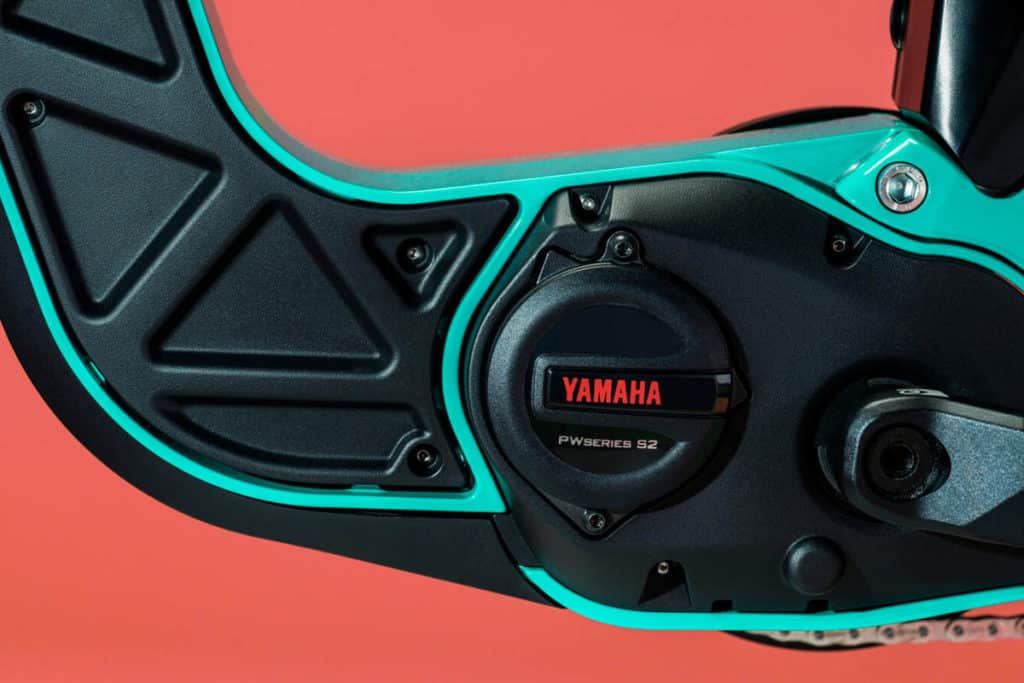
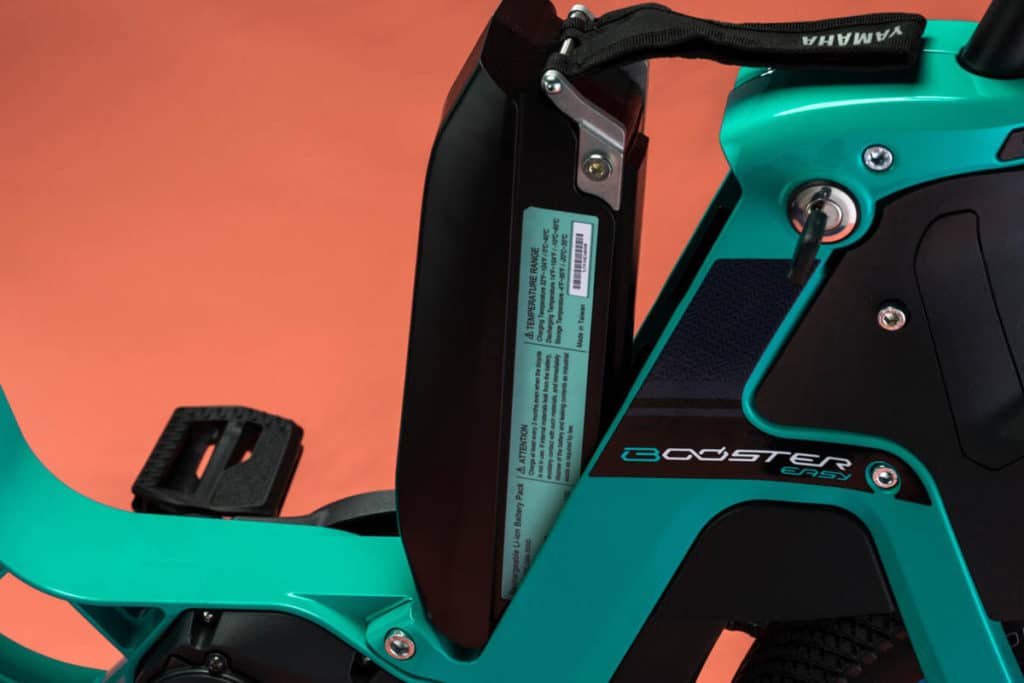
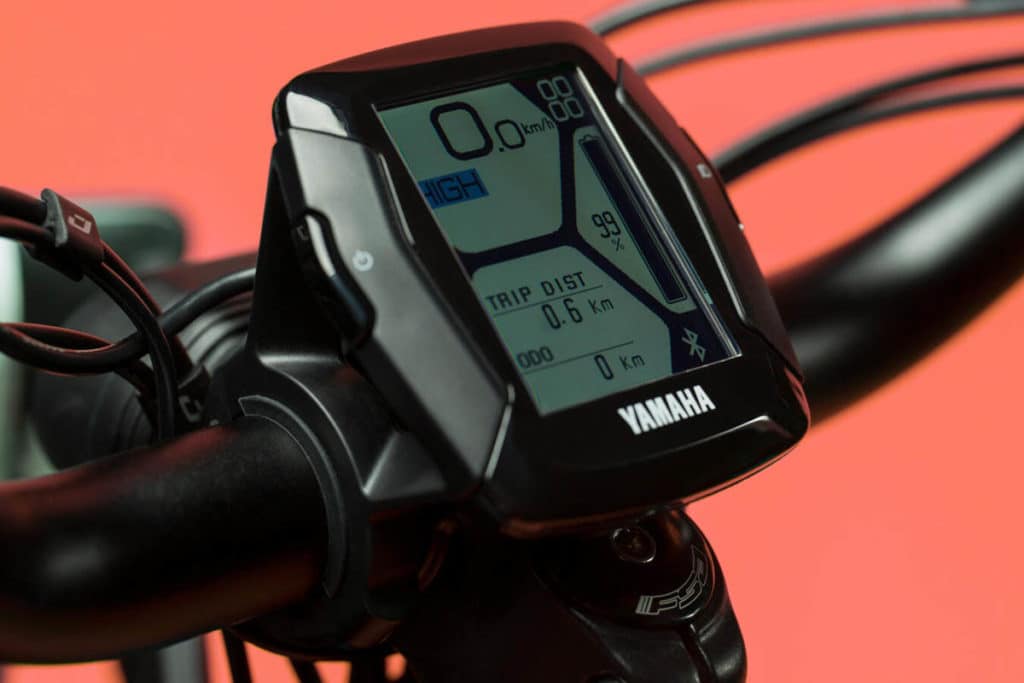
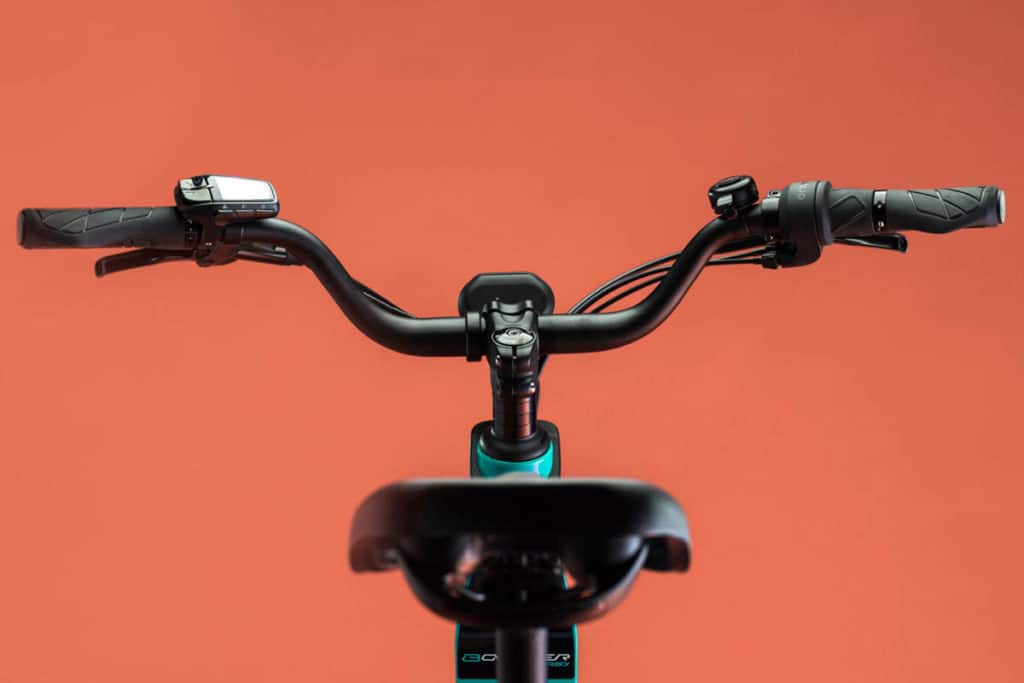
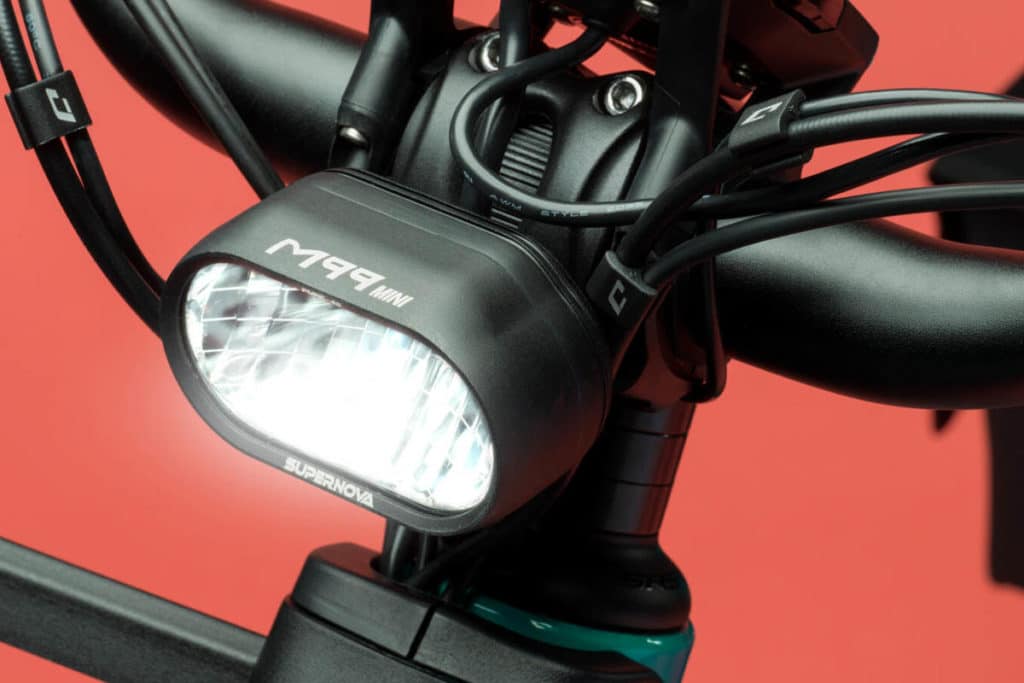
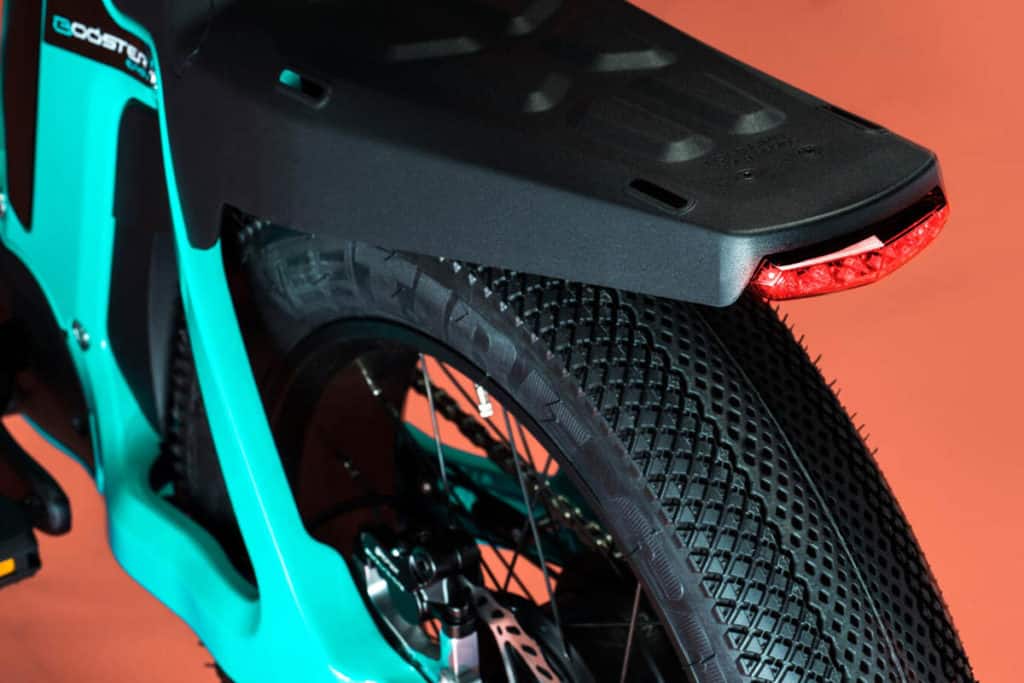
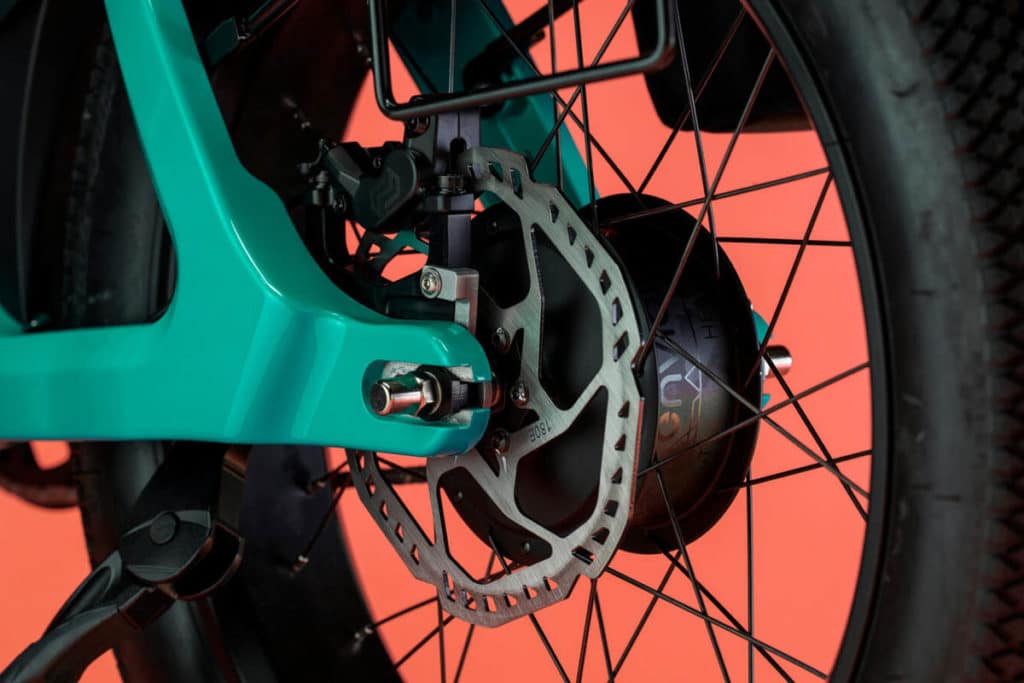





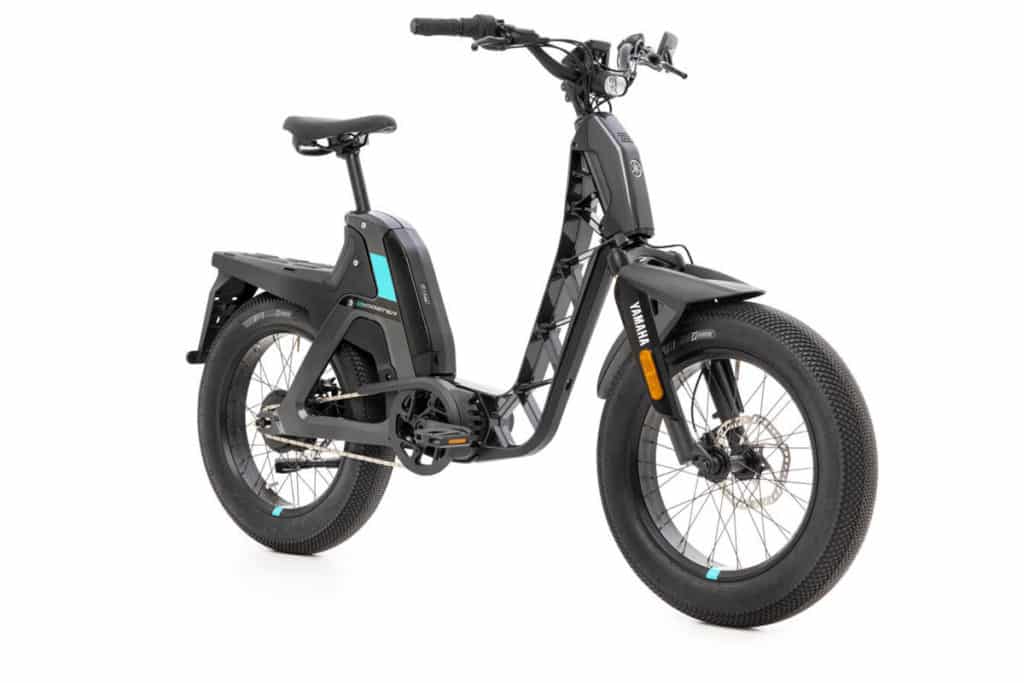
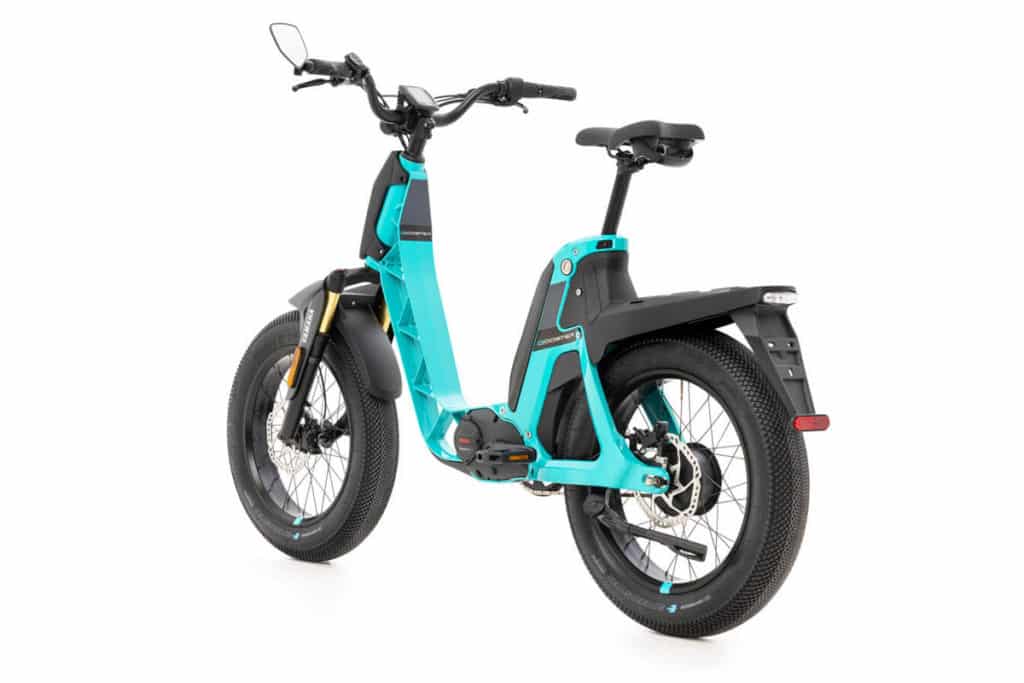
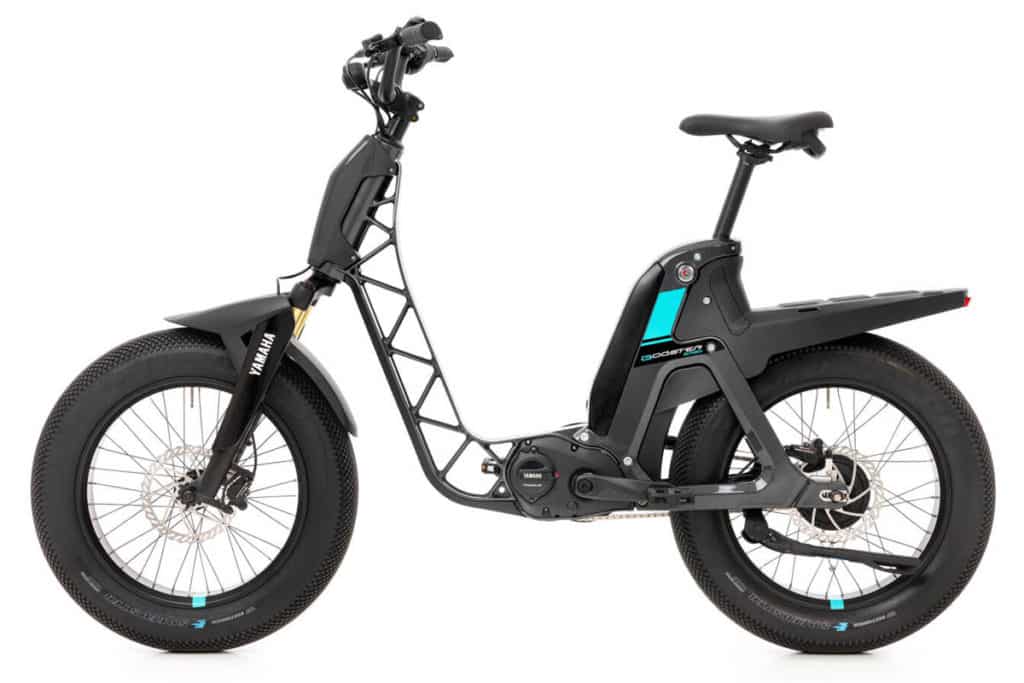
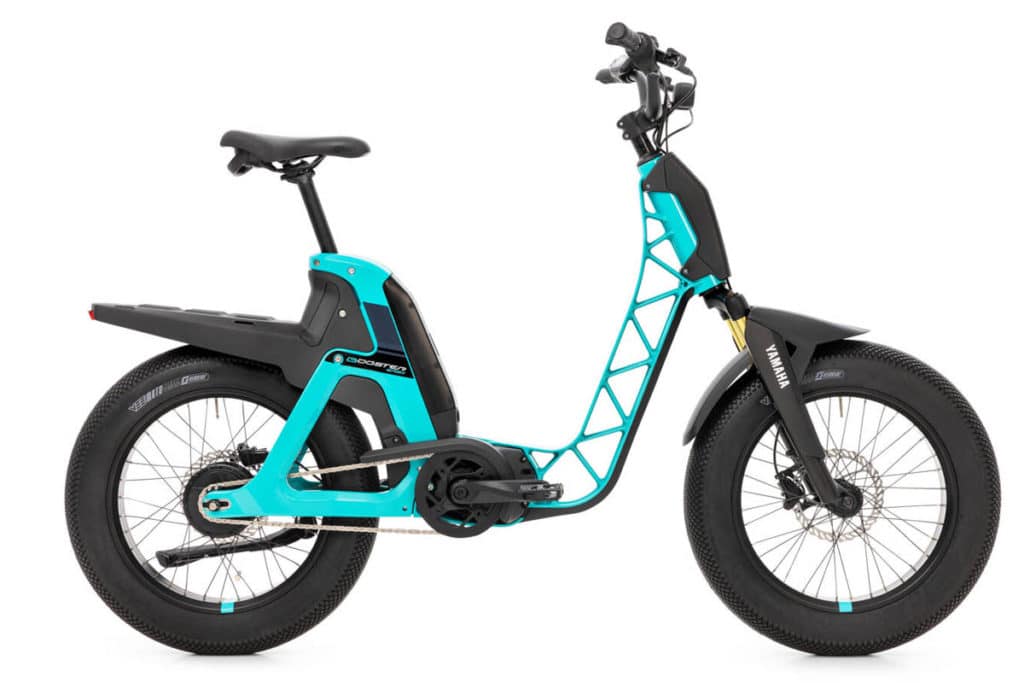
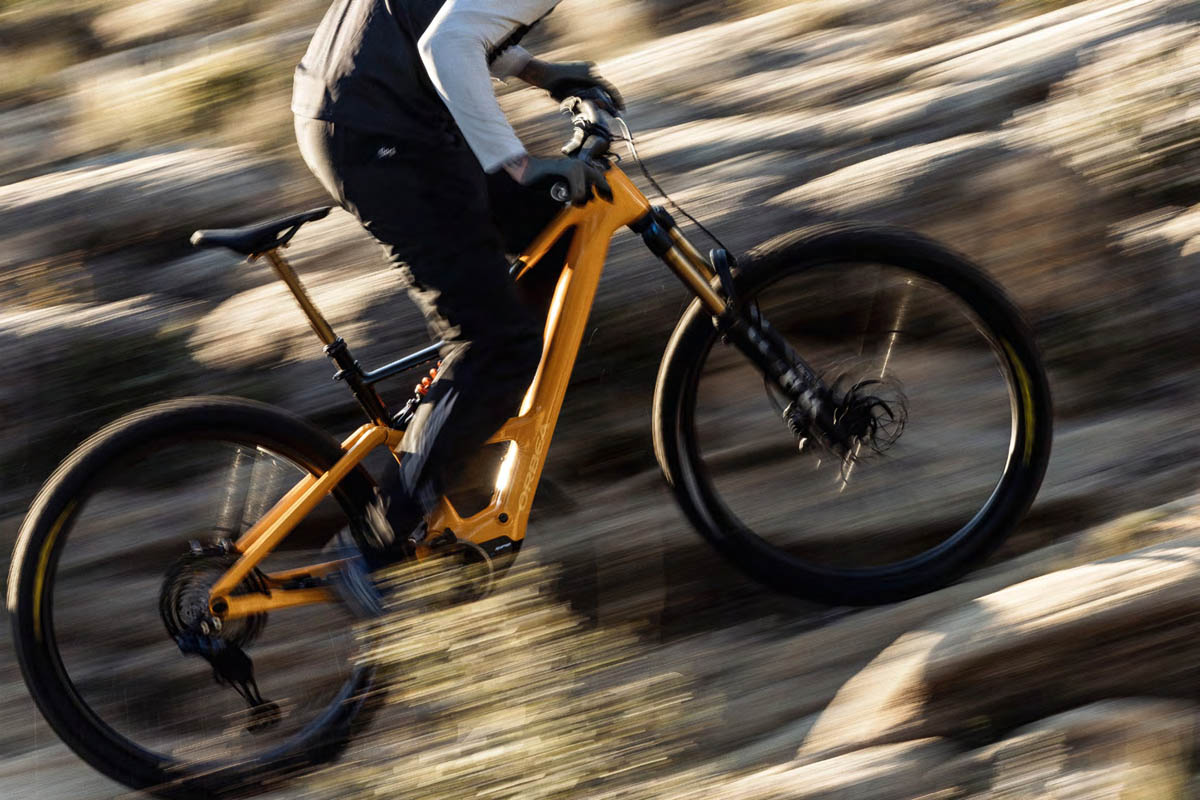
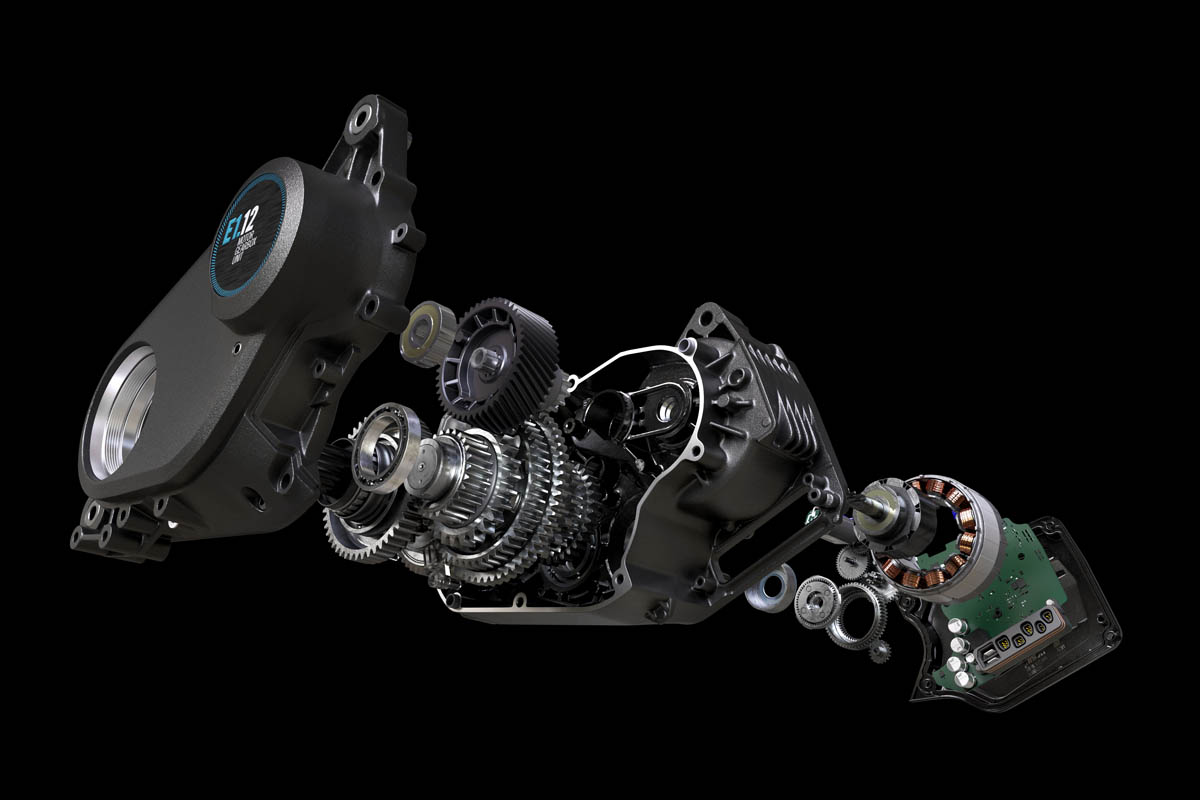
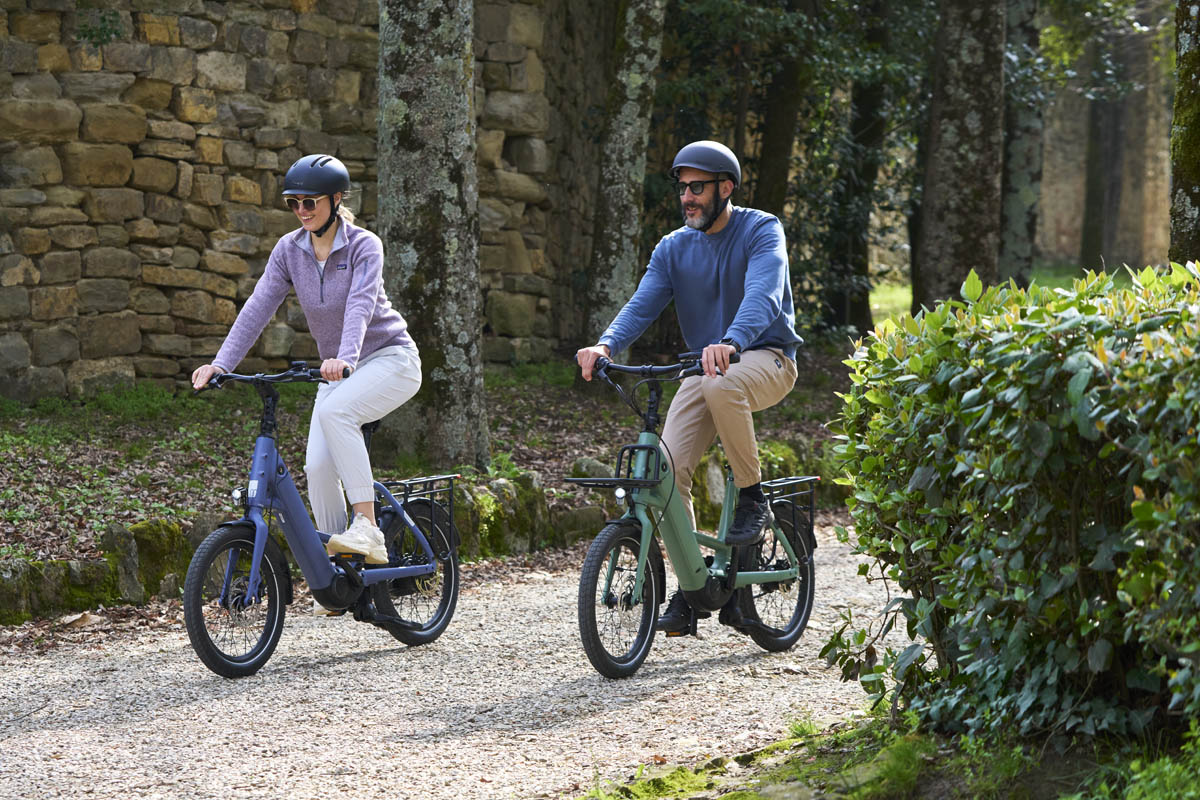
Is the Tyer is tubeless.?
When it available in India ?
Expected price Range
Thanks.
Hello Shyju,
Since Booster and Booster Easy as well have been developed in Europe, they are meant to be sold only in Europe. At least, I get the impression while browsing some Yamaha international domains. In the USA, in Australia and in Japan for instance, these models are not shown. Probably the same counts for India.
Here you can see the full specs of both bikes:
https://www.yamaha-motor.eu/gb/en/products/ebike/urban/booster-easy-2023/techspecs/
https://www.yamaha-motor.eu/gb/en/products/ebike/urban/booster-2023/techspecs/
The current price for the Booster Easy is 3,299 euros, while the Booster costs 3,699 euros.
Cheers, Matthias